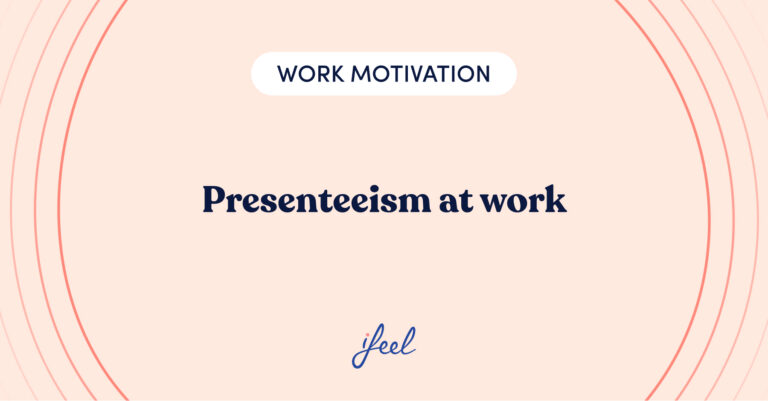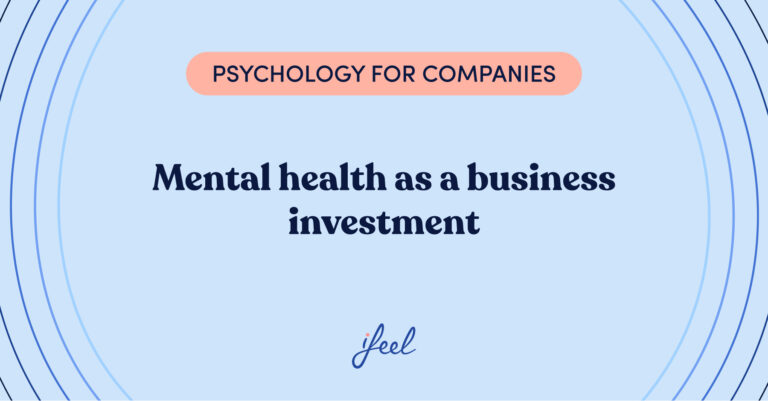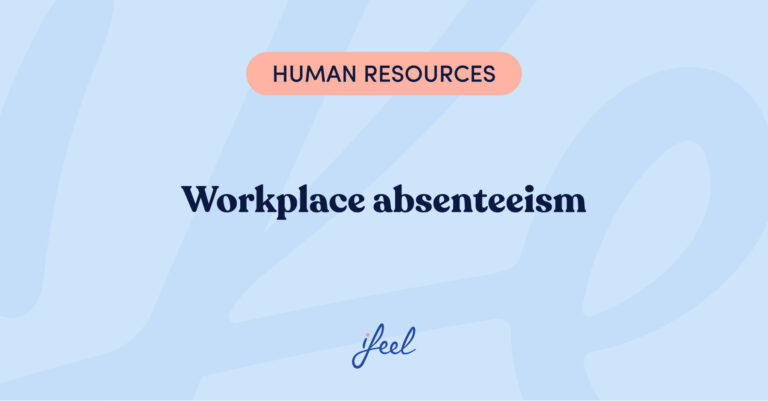The link between artificial intelligence and human resources is becoming increasingly consolidated across many job sectors, steadily increasing its number of proponents and critics alike. We discuss this relationship at length in this article.
Artificial intelligence and human resources solutions
Artificial intelligence is increasingly impacting human resources and is becoming a valuable tool for improving the efficiency and effectiveness of many HR-related tasks. Some of the most common uses of artificial intelligence for people management include:
1. Candidate selection
Artificial intelligence can help evaluate the considerable amounts of resumes that large companies receive daily and select the candidates that best fit the requirements of the position.
2. Performance evaluation
Artificial intelligence can analyze performance data to identify trends and areas for improvement in staff members, which can be useful for ongoing job evaluation and career planning.
3. Training and development
Artificial intelligence can help customize and optimize employee training and development based on their individual strengths and weaknesses.
4. Communication and collaboration
Artificial intelligence can improve internal communication within the company and collaboration between employees, which can increase productivity and team satisfaction.
In short, artificial intelligence can help human resources managers improve efficiency, effectiveness, and decision-making. This, in turn, can improve the employee experience and the organization’s performance. However, it is essential to note that artificial intelligence should not completely replace human interaction and subjective assessment in human resources.
Is artificial intelligence completely artificial?
How can we combine artificial intelligence and human resources?
Together, they are useful for processing copious amounts of information, speeding up decisions, or taking care of repetitive tasks for which the presence of a person is not essential.
Can artificial intelligence do all the work of human resources?
No. It can facilitate some mechanical tasks and improve their outcome, but it could never fully replace the depth of human processing.
What are the disadvantages of using artificial intelligence in HR?
Artificial intelligence can sometimes cause inaccuracy due to mathematical operations or emotional criteria, unlike human reasoning, which mixes logical and emotional criteria. This can lead to invalid results, valid in the theory of the machine’s criteria but wrong in reality.
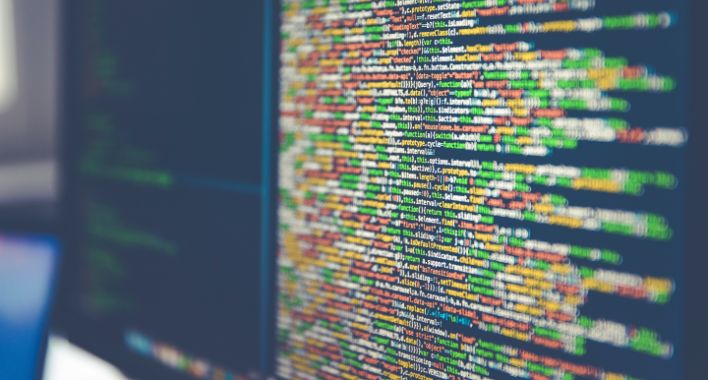
Objectives of combining artificial intelligence and human resources
Each company must make its own decisions regarding bringing together two influential and contradictory aspects: artificial intelligence and human resources.
However, when considering the implementation of advanced artificial intelligence systems applied to the people area, it is usual to take into account at least these four objectives:
1. Improve search accuracy
The integration of artificial intelligence and human resources undoubtedly seeks a higher level of precision in the execution of tasks, such as finding the candidate that best fits a vacancy in the personnel selection processes.
2. Increasing process speed
Every company must improve its operations to gain agility and efficiency, especially in the human resources department. In this way, provided it is used appropriately, the combination of artificial intelligence and human resources makes it possible to leave available resources to be invested in other tasks.
3. Increase objectivity in decision-making
Often, artificial intelligence and human resources come together to reduce biases that play a role in preventing discrimination or simply detract from an employee’s qualities. Although it sometimes has the opposite effect, the focus of the analysis is intended to be on the actual requirements of a task and not on minor or inappropriate issues.
4. Boost resource savings
Saving at different levels seems to be the inevitable consequence of increasing precision, objectivity, and speed when executing the processes of the Human Resources department. It is about minimizing failed decisions that comprise a human, economic, and energy cost to the team.
Idealizing the relationship between artificial intelligence and human resources
Artificial intelligence is often understood to be a substitute for human resources.
Sometimes it is about saving efforts, saving jobs, improving performance, boosting efficiency (releasing people from some of the more tedious, repetitive, or automatable tasks), or all of it simultaneously. In any case, it should be clarified because it is not all the same thing, and the company could obtain undesired results if it miscalculates its strategies.
Artificial intelligence and human resources: the disadvantages
It is important to gauge the danger of overestimating the benefits of combining artificial intelligence and human resources. To that end, such implementation must be preceded by an in-depth reflection that aims to answer the following questions:
Which HR tasks does artificial intelligence apply to, and which tasks does it not? This question differs from the question: which HR tasks is artificial intelligence appropriate for (and for what reason and based on what criteria)?
The answer to the first question is probably “to many”, even to all if the right technology is available, while the answer to the second question is more along the lines of “to some, and probably not too many”.
Important decisions are made by a system that cannot consider the subtle nuances that only a human being is capable of. Artificial intelligence is not perfect. It too can make mistakes, and it is important to detect them and identify where they came from. Therefore, we should not be surprised to discover that these errors – which can sometimes be costly and generate serious inefficiencies – can come from artificial intelligence – when human supervision is set aside.

Fostering emotional well-being in organizations
The most important thing in the management of companies and, therefore, in the management of people is that artificial intelligence is at the service of human resources and not at the service of artificial intelligence.
At ifeel, we strive to ensure that you and your colleagues can benefit from our global emotional well-being program for companies, designed by our team of expert psychologists in well-being at work. This collaboration allows managers in the People, Talent, and Human Resources area to receive personalized, data-based advice on the best care for the psychological well-being of the teams under their charge.
Do you belong to your organization’s Human Resources department? Try our program now to see how it could help you.
In addition, our program offers all employees a complete mental health care service that includes emotional support and online therapy with one of our professionals.
Moreover, in our Resources section, you can find different materials, such as Podcasts, HR Guides on various topics (e.g., employee experience or how to design a good HR strategy), or Interviews with leading HR managers. In addition, we have a Psychosocial Risk Factors Template, which you can use to comply with the requirements of the Labor Inspection.
We hope you found this post on artificial intelligence and human resources interesting. If you would like more information about our emotional well-being program for companies, all you have to do is request it, and we will contact your team as soon as possible.




